
The SGW200 Single-Component Polyurethane Waterproof Coating is made through polymerization using advanced process equipment, with isocyanate and polyether polyol as the main raw materials, complemented by special additives, fillers and pigments. In actual use, it is applied on the waterproof substrate, and can form a continuous and jointless film-type waterproof layer with rubber characteristics on the waterproof substrate surface by reacting with moisture in the air.
The product complies with the requirements for Type I single-component polyurethane waterproofing coating of GB/T 19250-2013 Polyurethane Waterproofing Coating.
The product is suitable for use in the waterproof works of underground works, toilets, kitchens, balconies, pools, parking lots, etc. It can also be used in the waterproof works of non-exposed roofs.
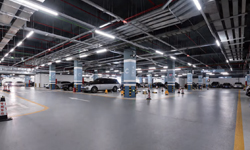
Underground parking lot
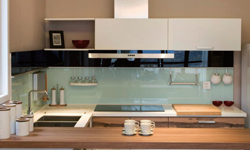
Kitchen
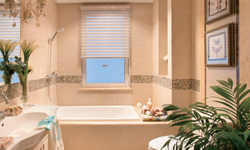
Bathroom
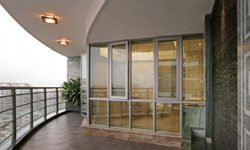
Balcony
Single component and ready to use
Resistant to water erosion, chemical corrosion and mildew
High strength, big elongation, good rubber elasticity and resilience, strong resistance to substrate deformation (shrinkage and cracking)
Solid coating without pinholes and bubbles
Flexible rubber waterproof membrane formed by chemical reaction with moisture in the air
Good low temperature bending property
Environmental friendly, free of benzene, toluene, xylene and other toxic solvents, no coal tar ingredients
For a 1mm coating film, the coating usage is approximately 1. 6 - 1. 9kg/㎡.
Substrate treatment → additional waterproof layer in details → coating for large-area waterproof layer → end closure and edge sealing → quality inspection and acceptance → application of protective and isolation layers
Substrate treatment: The waterproof substrate should be even, solid, dry and free of sharp concave convex, honeycomb, pitted surface, peeling and oil stain. For cracks, deformation joints of base course and grooves left at pipe root, sealing materials shall be embedded and additional waterproof treatment shall be done. For smooth and solid base course, there is no need to apply base treatment agent. Internal and external corners and tube roots should be subject to arc treatment.
Additional waterproof layer in details: An additional layer should be made first for internal and external corners, pipe roots, deformation seams and other base positions, which are to be coated 2-4 times more (with a thickness of not less than 1mm). If it is necessary to lay matrix reinforcement material, it must be soaked. At the deformation joints, a layer of polyester non-woven fabric shall be laid first, added with coating to form the structure of void laying of an additional waterproof layer.
Coating for large-area waterproof layer: Select a plastic scraper to make even coating, and it is better to apply 2 - 3 times. When there is no substrate treatment agent, the first coating should be thin so as to close substrate pores. After coating, it should be fully cured until the finger contact is not sticky, and then the second coating can be made, generally at an interval of 12h (which may be extended at low temperatures). The second coating should be perpendicular to the first coating. If it is necessary to lay matrix reinforcement material, the coating should be applied while the reinforcement material is being laid.
End closure and edge sealing: Make additional coating for sealing.
Application of protective and isolation layers: After the coated waterproof layer is finally completed and passed quality inspection (conduct closed water test if necessary), the protective and isolation layers can be laid in accordance with relevant specifications or design requirements.
Store it in a clean, dry and sealed iron bucket.
During transportation and storage, avoid exposure to sunlight and rain, keep away from fire, prevent collision, and pay attention to ventilation.
The best storage temperature is 5-25 ℃, and the maximum temperature should not exceed 40 ℃.
Under normal transportation and storage conditions, the product lasts for 6 months.
The application temperature is 5-35 ℃, and no application shall be allowed in a rainy or snow environment.
Application should be carried out under the condition of good ventilation, and application personnel should take corresponding safety protection measures.
Use the product directly without adding any diluent. If dilution is needed, please consult the relevant technical personnel, and conduct small-scale field test. The diluted product can only be applied on a large scale after it is verified that adding diluent does not affect the drying speed of the product.
Please follow the instructions provided by 3TREES. For more information, please read the product safety instructions before application.
Please read the product safety instructions carefully. Our safety experts would be happy to give you suggestions on safety, health and environmental protection issues.
The above information and suggestions are made based on our experience and are for reference use only. They can't replace the experiments done by customers themselves. As 3TREES and its dealers cannot control the storage, handling and use conditions of 3TREES products after delivery, no quality accidents or economic disputes caused by improper use can be attributed to our suggestions. In all application scenarios, the customer shall be responsible for abiding by the intellectual property rights of third parties.
Without our consent, technical information shall not be provided for third parties.








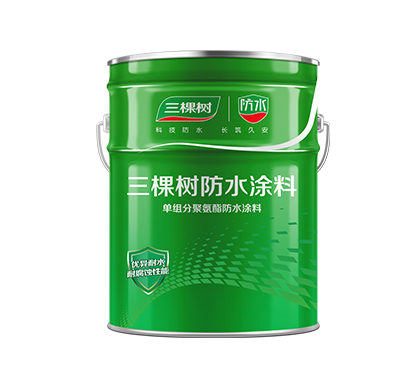
 Tel:
Tel: Email:
Email: Address:
Address:





